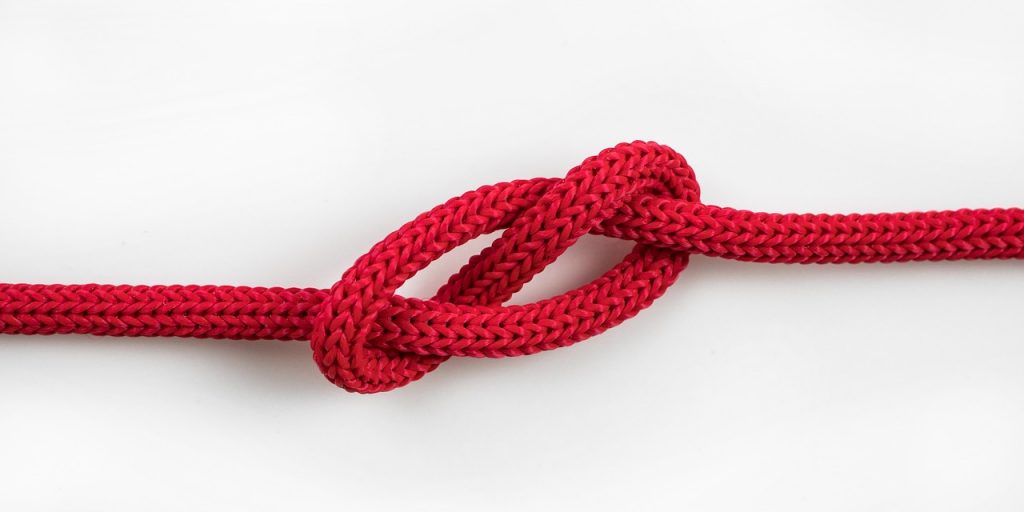This article was originally published here by Jamie Owen. You can find more from him at AspenAppraisalServices
For appraisers and many other professionals, 2017 proved to be a great year for business. I think I speak for most appraisers when I say that at times our workloads were heavier than we could have anticipated which has its advantages and disadvantages. When our schedules are busy, we are more profitable but that also leaves more room for errors.
As much as we hate to admit it, the question is probably not “if” but “when” an error is going to occur. As professional appraisers, we pride ourselves on the accuracy of our reports, and rightfully so! After all, USPAP Standards Rule 1-1(b) warns that appraisers should “Not commit a substantial error of omission or commission that significantly affects an appraisal.”
Rule 1-1(c) states that an appraiser should “Not render appraisal services in a careless or negligent manner, such as by making a series of errors that, although individually might not significantly affect the results of an appraisal, in the aggregate affects the credibility of those results.”
The two key words to consider stated in that rule are “careless” and “negligent”. USPAP also makes the comment that “Perfection is impossible to attain, and competence does not require perfection. These Standards Rules require an appraiser to use due diligence and due care.” But at times even when we use due diligence and due care, mistakes can still happen. However, The USPAP rules do understand that a mistake can happen and if it does it is not necessarily an indication that we are incompetent.
So how can we avoid making mistakes? Throughout my profession as an Appraiser I have developed several tactics to help minimize mistakes (or at least I think they do).
- Proofread your report in a different format before sending it out.
– After scanning through my report several times with my eyes, I convert the report to .pdf format and then re-read it. For me, the change in font helps my eye catch errors that I might not have otherwise seen. - Run a spell check on the entire report
– Most appraisal software offers a tool that can do this. It only takes a minute. - Run a UAD error check
– Most lenders require our reports to conform with UAD standards. Before sending your report out run a UAD error check, which most appraisal software have. - Run a comp consistency check
– This will allow you to make sure the data on the comparable sales you utilized is consistent with those same sales you may have used in previous reports. Most appraisal software also offers tools that can accomplish this. - Step away from the report for a short period of time.
– This is not always possible due to time constraints. But I find it helpful to take a break from the work and come back to it a little later. For me, this is especially helpful when working on complex assignments. This helps me to clear my head and have a fresh set of eyes on my work. - Create a quiet workplace for yourself
– Try to complete reports in an environment that has few distractions. Sometimes this is not possible for appraisers. But the fewer the distractions, the fewer mistakes we are likely to make. - Have a respected peer review your report.
– Even if you cannot do this on every report, it can be helpful from time to time. - Perform appraisal reviews
– When we are analyzing someone else’s work, it can help us to see how others view our work. This can make us aware of potential errors we might make when we are completing our own reports.
So why is it so hard to catch our own mistakes? In Terry Nelson’s Quill article, Writing in the E-World, it is called “inattentional blindness”. It explains that “The brain…is processing outside of conscious awareness to prevent overload like a computer crash, it will only process so much information. It filters out what we expect to see. I expected to see a quotation mark, so my brain filled the gap. I thought it was there, but it wasn’t.”
Now think about how much data we must analyze as appraisers. Clearly, we need some systems in place besides just our own eyes to check our work.
What happens if we make a mistake and our client points it out to us? Don’t make excuses. There is a difference between making an excuse and explaining what happened. Explaining what led to the error might be useful in helping our client see that we were not being careless. Admit that we made the mistake and do everything in our power to correct our mistake.
The more difficult question is what to do if we discover that we have made a serious mistake in a prior appraisal that has an effect on the original opinion of value. Perhaps our client is not aware of our error, some may just not say anything and hope that the mistake never comes to light. However, I would not recommend that option.
You’ve heard the expression, “Two wrongs do not make a right”. In my opinion, that applies to this kind of situation. If we discover that we made a major mistake that has affected the original opinion of value, the best thing to do is to let our client know. This can be a very nerve-wracking situation since we rely on our license or certification for our livelihood. Consequences can include being put on a “do-not-use” list or worse, being reprimanded by the State board.
Lenders and State boards fully realize that mistakes happen. Appraisers really should not have to worry unless our mistake was due to carelessness and/or neglect. When we make mistakes whether large or small, we may feel like we are the only appraiser in the world who has made a mistake. This is simply not the case. We all make mistakes from time to time. So, don’t lose heart! Keep trying to improve and take the necessary steps to not make the same mistake again.
A word of warning. Please don’t take the information in this article as legal advice. If you find that you have made a serious error, it is advisable to call your E&O company to get the proper advice on how to handle the situation.
Have any comments or would you like to submit content of your own? Email comments@appraisalbuzz.com.








